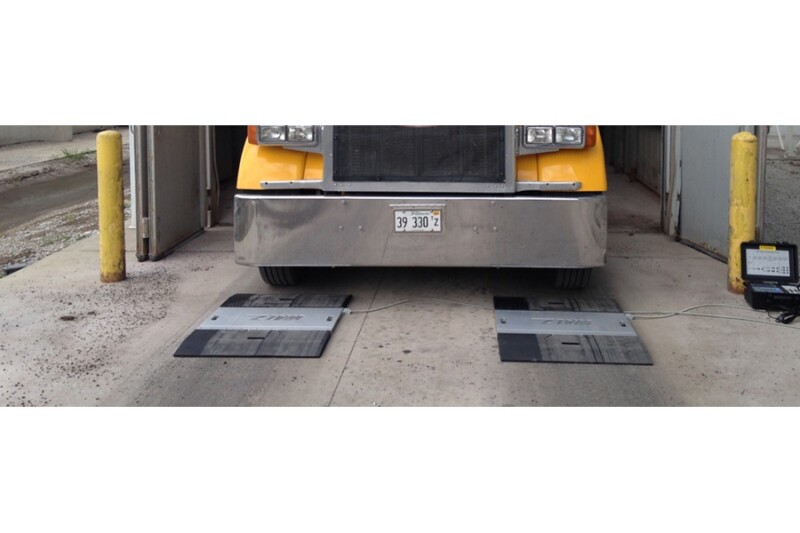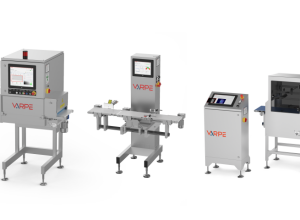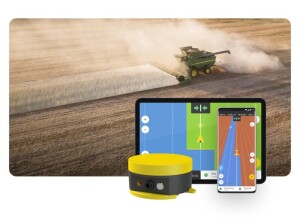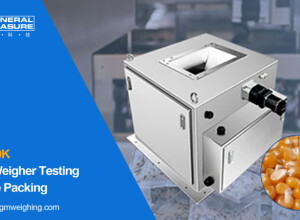BISON Group Limited (New Zealand) - Axle weigh pads are lightweight, portable scales used to identify the weight imposed on each vehicle’s axle.
However, here are 6 things to take into consideration before you purchase a portable solution to weigh containers:
1. unforeseen weight variables:
Factors like fuel level, mud and ice (which can impact registered truck tare weights) and truck / trailer suspension operating on uneven surfaces can mean the weight taken from each axle may not be accurate. In this case, it’s best not to rely on the weight reading and it would be worth checking a sample of weight calculations against an alternative weighing method.
2. They are prone to shock-loading:
It’s not uncommon to see shippers put containers directly on the pads itself - but they are not designed for this, rather they are made for rubber tyres rolling over them. Think of the loud thump you hear when containers are placed on the ground by cranes and other handling equipment. If you place a container directly on a weigh pad, the shock-load of placement will impact the load cell calibration and make the weight output inaccurate.
3. They can’t weigh on uneven surfaces:
Weigh pads are not height adjustable, so they are not suited to weighing containers on uneven terrain. If you have set up axle pads on an uneven surface to weigh containers, you risk loading just two or three pads. The weight may be spread unevenly between the pads and exceed the rated capacity on a single pad. Again, this can impact calibration and make the weight output inaccurate. Or it may mean the pads don't generate a gross weight.
4. They can’t confirm load distribution:
Axle weigh pads can’t confirm the load distribution of the container, because they are only weighing the specific wheels of the truck. However the load distribution of a container is vital - your cargo must be evenly spread over the entire area of the container’s floor, and no more than half the container should bear more than 60 percent of the payload.
5. They are held captive while loading:
Your scales are immobile while you are loading a container, meaning production times may be slowed as you're unable to load multiple containers at the same time. While you may have portability with your own set of axle weigh pads, you don't have the flexibility to move your weigh pads and weigh other containers that may be ready at the same time.
6. They are not compliant with SOLAS:
Although the accuracy standard and type of equipment required for VGMs varies from country to country - typically axle weigh pads are not certifiable as legal-for-trade as they are less accurate. This means they can’t be relied on to provide a valid VGM for SOLAS compliance. If you require a VGM certificate for your containers then you will still have to take them to a weighbridge or use an alternative weighing method to get a verified weight of the container - adding more time to the process.
What's the alternative?
Unlike weigh pads, BISON C-Jacks are dedicated container scales, designed specifically for weighing shipping containers in any location. BISON C-Jacks are more accurate and flexible than axle weigh pads. C-Jacks provide a valid VGM for SOLAS compliance, provide accurate weight distribution and can be certified as legal-for-trade. See how you can optimise your payload using BISON C-Jacks.



























Interested? Submit your enquiry using the form below:
Only available for registered users. Sign In to your account or register here.